By Steven. M. Johnson
The English soldiers stepped out of their pinnaces into the foaming surf on the island of Hispaniola. As they strode through the water toward the sandy beach, they made every effort not to get their firelock muskets and pistols wet.
The soldiers, under the command of Captain Christopher Carleille, had been dispatched from galleons in a fleet commanded by Francis Drake, whose mission was to wreak havoc throughout the Spanish Main. Drake’s instructions to Carleille were to march 20 miles through the jungle and attack the Spanish settlement of Santo Domingo. Drake’s thinking, which turned out to be true, was that the defenders of the town would expect an attack by sea, not land.
Early on the morning on January 1, 1586, the English foot soldiers assaulted the town from the west. They struck in two columns directed at separate gates leading into the town. Meanwhile, cannon balls fired from the English galleons whistled overhead and crashed into the town’s fragile buildings. Outnumbered five to one, the Spanish garrison had little chance of holding off Elizabeth I’s pirate force led by the wily Drake.
When Drake saw the flag with the cross of St. George raised over the city, he ordered his ships to sail into Santo Domingo’s inner harbor. Once Spanish resistance had been quashed, Drake’s men rampaged through the city, looting from the town’s residents whatever valuables they had and burning buildings at will.
A Spanish emissary asked Drake what tribute they must pay to stop the destruction. Drake’s reply was that it would take one million ducats to compel him and his men to depart. Knowing they could not come up with that amount, the Spanish nevertheless set about gathering whatever wealth they could gather as a counteroffer.
Drake’s attack on Santo Domingo was typical of the hit-and-run tactics of English privateers on the Spanish Main. The term “main” in its strictest sense referred to the northern coastline of the South American mainland, but by the mid-16th century the term also meant “sea” and was being used in reference to any part of the Caribbean basin. During the period from 1568 to 1713, English, French, and Dutch pirates attacked Spanish settlements and hunted Spanish treasure ships throughout the Spanish Main. The pirate activity was carried out during periods of open war as well as periods of undeclared war between Spain and her enemies.
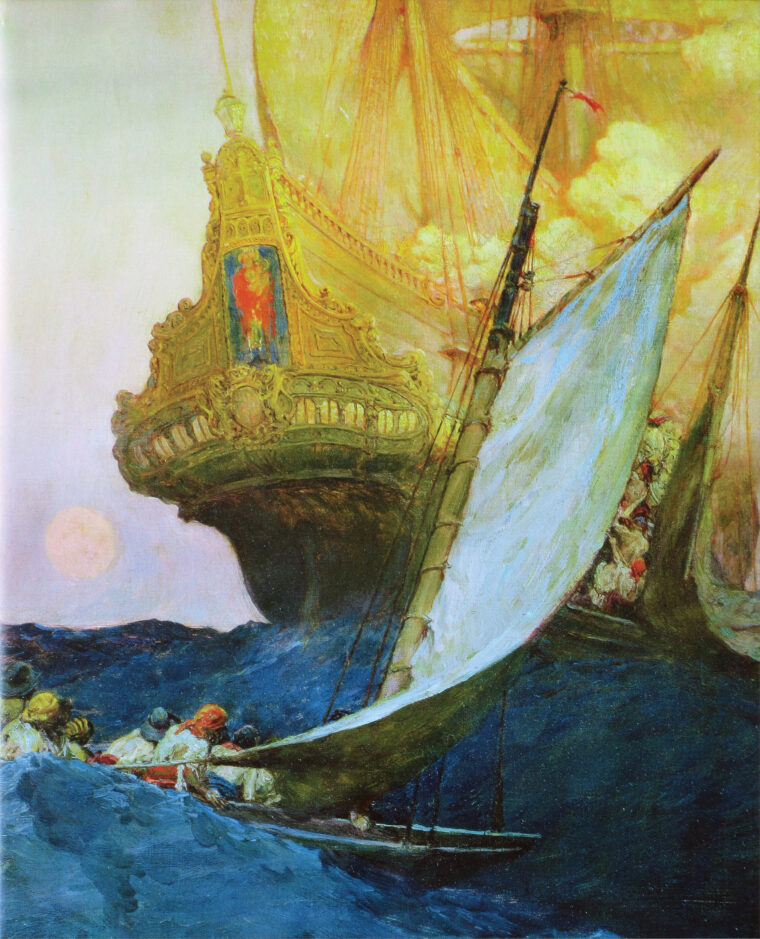
Spain’s Treasure Ships and England’s Privateers
Spain amassed huge quantities of gold and silver through its conquest of the Aztecs, Mayas, and Incas in Latin America, as well as through the mining of gold and silver in the areas inhabited by those native peoples. The wealth was transported to Spain by two treasure fleets. One of these was the New Spain fleet, and the other was the Tierre Firme fleet. The New Spain Fleet transported silver from the Mexican mines to Spain, whereas the Tierre Firme fleet transported Venezuelan gold and Peruvian silver. This wealth made Spain the most powerful nation in the world, which put the Spanish at odds with the English, French, and Dutch, who also were intent on building their own world empires and crippling the Spanish Empire.
In the late 16th century, England increasingly turned to privateers to attack Spanish treasure ships and cities to help finance its own empire. The English privateers were issued a letter of marque by Queen Elizabeth I, which gave them permission to attack Spanish ships and required them to share a portion of their spoils with the crown. The Treaty of Tordeesillas, which was signed between Portugal and Spain in 1494, established a longitudinal boundary dividing the New World possessions of the two countries. The Spanish regarded the English privateers as interlopers and refused to consider that they were anything but pirates, particularly when operating beyond the line in the area that Spain claimed. The Spanish refuted the legal protections claimed by English privateers, vowing to promptly execute Elizabeth’s “sea dogs” when captured.
Spain did not allow any trading between foreign nations and its Caribbean and Latin American colonies. This did not stop merchant John Hawkins of Plymouth, England, from conducting enough illegal trading during two expeditions—one in 1562 and the other in 1565—in the Spanish Main. Queen Elizabeth ignored protests by the Spanish ambassador as Hawkins, who was the first of the English interlopers, prepared for his third expedition in 1567.
For his third voyage, Hawkins recruited more than 400 Englishmen to serve in a fleet of six ships that departed for the Caribbean basin. Accompanying Hawkins was his cousin, Francis Drake, who captained one of the smaller vessels in the fleet. In June 1568, Hawkins landed 200 men on the island of Rio de la Hacha in Colombia. They took the island after a brief battle with the Spanish garrison. A slave led the English to the inhabitants’ buried treasure on the interior of the island.
Francis Drake Receives a “Letter of Reprisal”
In 1568 there was a surge in English, French, and Dutch pirate attacks. Because the Spanish treasure fleets were too powerful to attack, the pirates focused on raiding coastal towns, seizing isolated ships, and even robbing the overland mule train that transferred the Peruvian silver across the Panamanian isthmus.
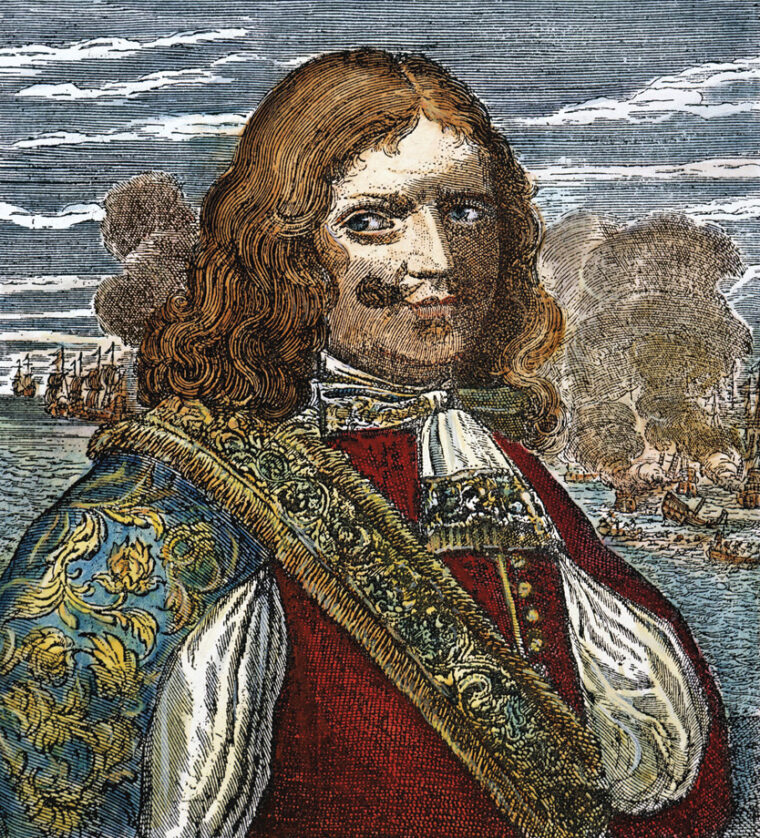
Elizabeth issued in 1570 a “letter of reprisal,” which was a peacetime version of a letter of marque, to Drake. Beginning in 1570, the Elizabethan sea dog undertook three small expeditions to the Spanish Main. The first two were inconsequential; however, the third expedition in 1572 was more productive. For that expedition, Francis Drake assembled 73 pirates who sailed aboard two ships from Plymouth to the Spanish Main.
Raids on Nombre de Dios
On July 28, 1572, Drake and his pirates descended at dawn on the lightly protected town of Nombre de Dios in Panama. The purpose of the raid was to snatch whatever treasure might be stored at the port awaiting transport to Spain. Drake was wounded in the leg during a fight with local militia. Because of tactical shortcomings and intelligence failures, the raid was a total fiasco.
After the setback at Nombre de Dios, Drake sailed along the coast of Colombia during which time he captured a handful of small vessels as prizes. None of these satisfied the treasure-hungry privateer, and he therefore decided in January 1573 to return to Nombre de Dios and attempt to intercept a mule train bearing silver from Potosí. Each year the Spanish shipped the silver by sea to Panama City, located on the west coast of the Panamanian isthmus, where it was then loaded on pack animals and transported to Nombre de Dios on the east coast for eventual transport by the Tierra Firme fleet to Spain.
After a failed attempt at intercepting the treasure train, Drake formed a pact with French pirate Guillaume Le Testu in which the two agreed to work together and split the treasure. In April, Drake, Le Testu, and 40 pirates successfully captured the treasure train, which was transporting 15 tons of silver and a small amount of gold overland. Unfortunately for the French, Le Testu was so badly wounded that he had to be left behind. When the Spanish eventually came upon him, they executed him on the spot. Because the silver weighed too much for Drake and the surviving pirates to take with them, they buried it. Although Drake was unable to recover the silver, he was able to return to England with enough gold to turn a modest profit.
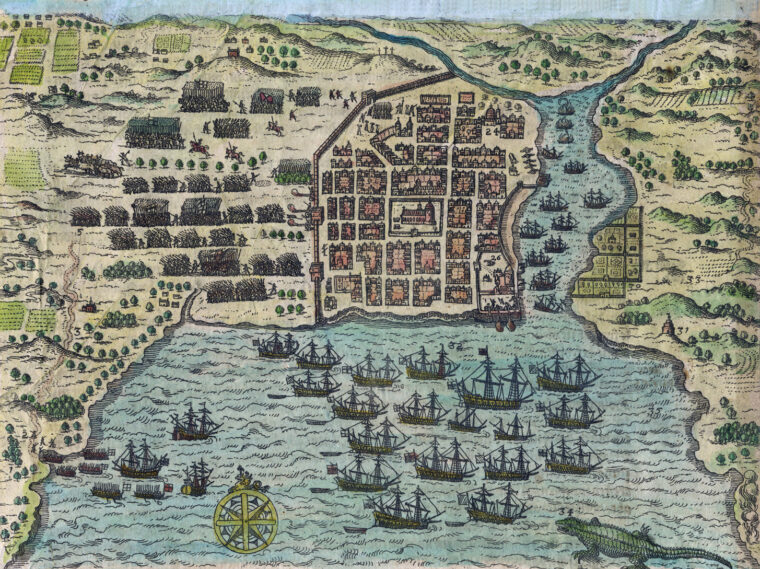
Returning to the New World
Four years later, Drake returned to the New World. This time he sailed south along the South American coast, navigating the treacherous waters of the Strait of Magellan. Once on the west coast of South America, Drake began raiding Spanish ports. One of his most impressive exploits as a privateer occurred when he overtook and captured the gold-filled Spanish treasure galleon Nuestra Señora de la Concepción (nicknamed Cacafuego). Rather than return by way of Cape Horn, Drake proceeded west and completed the first circumnavigation of the globe by an English captain.
Upon his return to England in 1580, Queen Elizabeth knighted Drake for his exploits. The Spanish ambassador demanded that the captured treasure be returned or there would be grave consequences for the future of England, but Elizabeth had made so much money from this expedition that she was able to pay off England’s national debt.
The major force that Drake assembled for his next expedition in 1585 comprised 21 ships, including two of Queen Elizabeth’s most powerful galleons, a crew of 1,000 men, and 12 companies of soldiers totaling about 800 men.
After Drake’s capture of Santo Domingo in 1586, the Spanish residents told Drake they could not come close to his ransom price of one million ducats. During their month’s stay, the English pirates burned Catholic churches, tore down buildings, and hanged two priests in retaliation for the murder of a messenger who was a runaway slave, known as a “maroon.” By using plates from the cathedral, jewelry belonging to the townspeople, and the savings of merchants, the people of Santo Domingo managed to scrape together 25,000 ducats to give to Drake and his pirates. Realizing he had squeezed Santo Domingo for all it was worth, Drake sailed away in the direction of Cartagena.
Drake used the fleet as a pinning force as the marines and pirates landed and stormed Cartagena, a port for the Tierra Firme fleet, from its weak landward side. Drake demanded 600,000 ducats from the inhabitants, but accepted 110,000 after his men started dying from malaria and yellow fever. Drake’s men also captured a Spanish mule train carrying a huge sum in gold and silver from Panama City that was meant to be kept in Cartagena’s fortress vaults. A Spanish rescue fleet arrived several days after the departure of Drake’s fleet to the jeers of Cartagena’s population. Drake had lost 750 men from disease and decided to return to England before he lost his entire force.
The “Never Defeated” vs England’s “Admiral of the Seas”
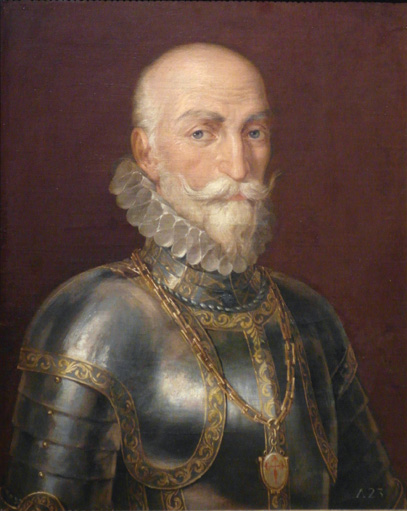
Philip II was furious at Drake’s pillaging of his colonies and ordered Admiral Don Alvaro de Bazan, known as the “Never Defeated,” to build a huge invasion armada at Cadiz to invade England. Queen Elizabeth named Drake as her “Admiral of the Seas” and sent him in 1587 with 30 ships to Cadiz, where he burned and destroyed 37 ships that had been preparing for the planned invasion of England. Drake went on to destroy a Spanish castle overlooking Lisbon and captured Philip II’s personal ship, San Felipe, loaded with treasures from the Orient and 400 slaves, who were freed.
In August 1588, the Spanish Armada of 130 ships loaded with soldiers and supplies headed for the long-planned invasion of England. Drake’s English fleet used fire ships to scatter the Spanish fleet and then sank five more ships through superior gunnery in the Battle of Gravelines. The Spanish Armada was then battered by an unrelenting storm that sank 51 ships and forced the beaching of 10 more ships on the west coast of the British Isles. More than 20,000 of Spain’s best troops went down with the doomed ships.
The direct result of this defeat was that English pirates began raiding the Spanish Main’s shipping at will with little opposition from Spanish forces. The New World colonies shipped little treasure to Spain between 1588 and 1591 because of the raids. Between 1588 and 1603, 100 to 200 privateer expeditions set out from England each year, capturing between 150,000 to 300,000 pounds in Spanish treasure annually.
The Death of Drake
In 1595, Queen Elizabeth summoned Drake and his former commander, John Hawkins, to lead an expedition of 27 ships and 2,500 marines and pirates to raid the Spanish Main and to recover the 21/2 million ducats that a crippled galleon had brought to San Juan during a storm. Hawkins died from dysentery at San Juan just as the English fleet began trading cannon salvos with the El Morro fortress defending the town. A shot from the fort barely missed Drake and splattered the blood and brains of two of his officers over the cabin of his ship as they were sitting down to eat. Drake then lost several hundred marines and pirates in two failed assaults on El Morro. To boost their morale, Drake told his men that they would have easy pickings in Cartagena.
When Drake’s force reached Cartagena it found that the residents had been forewarned and had evacuated the town, leaving nothing of value or anything edible behind. More than 800 marines and pirates were ambushed by Spanish conquistadors and Native American archers and forced to retreat as they tried to take an overland route to attack Panama City from Nombre de Dios. Drake, by then broken in spirit, died from disease on board his ship as his defeated fleet returned empty handed to England in 1596. England mourned his death, while Spain celebrated it. Spain sent lesser armadas annually against England for a three-year period beginning in 1596, but all were defeated by stormy weather at a great cost in ships and lives.
“Brethren of the Coast”
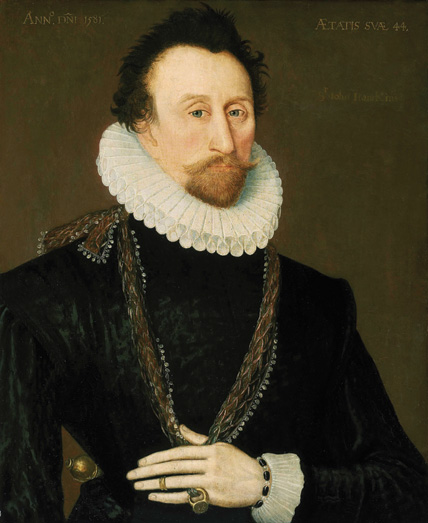
Inspired by Drake’s incredible successes and riches won by raiding the Spanish Main, pirate communities, which became known as the “Brethren of the Coast,” sprang up along the coast of Hispaniola and on the island of Tortuga after 1603. These pirates, called buccaneers, attracted the dregs of the English, Irish, Dutch, French, Danish, and Flemish societies. They operated under the protection of the English government. Buccaneer communities also took in runaway slaves and fugitive indentured servants. They used a wide variety of weapons, including cutlasses, axes, swords, firelock muskets, and pistols of various calibers.
The Spanish tried unsuccessfully on a number of occasions to destroy pirate communities. When attacked, the pirates would fall back into the dense jungle of an island’s interior and ambush the Spanish. The pirates built Fort de Rocher in 1640 to defend their colony on Tortuga and as a place to store their captured Spanish treasure. The Spanish failed on several occasions in the early 1600s to capture the fort.
War Over Fort de Rocher
The English Civil War brought the Parliamentarians to power under the Protectorate of Oliver Cromwell. The Anglo-Spanish War (1654 to 1660) broke out when the Spanish captured Fort de Rocher in 1654 with 700 soldiers and a battery of artillery. The Spanish breached the fortification walls with their artillery. The pirates agreed to surrender and opened the gates to the Spanish, who stormed into the fort and butchered most of the 330 pirates along with the townspeople.
Oliver Cromwell saw the attack and massacre by the Spanish at Fort de Rocher against the mostly English pirates as an attack on England and as an opportunity to gain one of Spain’s most lucrative colonies. Cromwell ordered a fleet of 34 ships, 6,000 soldiers, and 7,000 marines and pirates to put Santo Domingo under siege and to claim Hispaniola as an English colony in 1655. This expedition was part of Cromwell’s grandiose plan to dominate the Caribbean and to employ English privateers to capture Spanish treasure ships.
More than 13,000 English soldiers, marines, and pirates landed 30 miles from the city of Santo Domingo and marched through the jungle to attack the city from its landward side. After four days of marching, the English army was ambushed by 2,400 Spanish soldiers, militia, and vaquero cavalry armed with lances. Discipline in Cromwell’s New Model Army broke down as 3,000 English troops in the vanguard were cut down in a crossfire of musket balls and grapeshot followed by charges by the vaquero cavalry, who rode down and impaled the fleeing Englishmen on their lances.
After the English force was reembarked onto the ships, the fleet failed to subdue the Spanish fortifications through bombardment and left to evict the Spanish from Jamaica instead. The naval commander, William Penn, took over command of the entire operation from Robert Venables after the disaster at Santo Domingo.
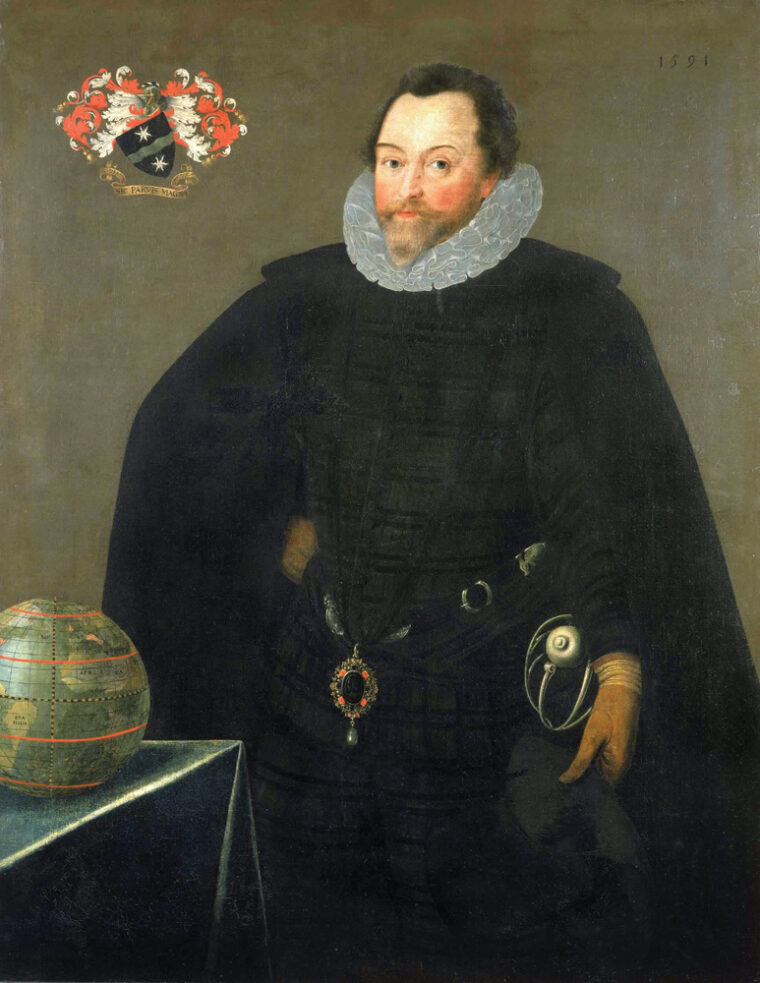
On the way to Jamaica, 1,500 English troops died from malaria and 1,500 more troops were drowned when four ships went down in a storm. Jamaica had only 1,500 Spanish settlers and no fortifications. Around 600 Spanish militiamen were routed by the 7,000 English soldiers and pirates that had descended on Jamaica.
In 1655, Port Royal became the new English pirate base, with a harbor that could hold 500 ships. The English established a licensing office in Port Royal, where ship owners could get a privateering license to conduct their depredations against the Spanish with the government’s approval. By the late 1600s, there were thousands of pirates based at Port Royal, which meant they had the numbers to launch major attacks throughout the Caribbean basin.
Sir John Modyford’s Pirate Expedition
In 1660, England’s war with Spain ended, and King Charles II was restored as King of England after the death of Cromwell. Sir John Modyford was appointed governor of Jamaica with orders to halt the pirate attacks against the Spanish. Modyford, who regularly received a cut of the captured Spanish treasure, found excuses to allow the pirates to continue raiding Spanish ships and settlements. King Charles sent a number of letters to Modyford ordering him to force all of the pirates back to port. Modyford sent letters back to King Charles in which he claimed that the pirates in Jamaica had stopped their attacks, but in truth he continued to approve expeditions against the Spanish because he couldn’t control the pirates.
Modyford dispatched Henry Morgan in 1667 to lead his first major pirate expedition against the Spanish. The Welsh pirate took a force of 700 buccaneers and 12 ships and attacked Puerto del Principe, Cuba, where he captured 500 Spanish hostages. The residents of Puerto del Principe were tipped off by a prisoner, who had escaped when Morgan landed in southern Cuba to recruit 200 French pirates with two ships to join his expedition.
When Morgan’s force reached Puerto de Principe, it marched toward the city through thick jungle that bypassed a Spanish ambush on the main trail. Once the pirates reached the city, they found close to 1,000 Spanish militiamen in battle formation. The pirates fought a four-hour battle with the militia. The buccaneers’ superior marksmanship and discipline eventually routed the Spanish militia.
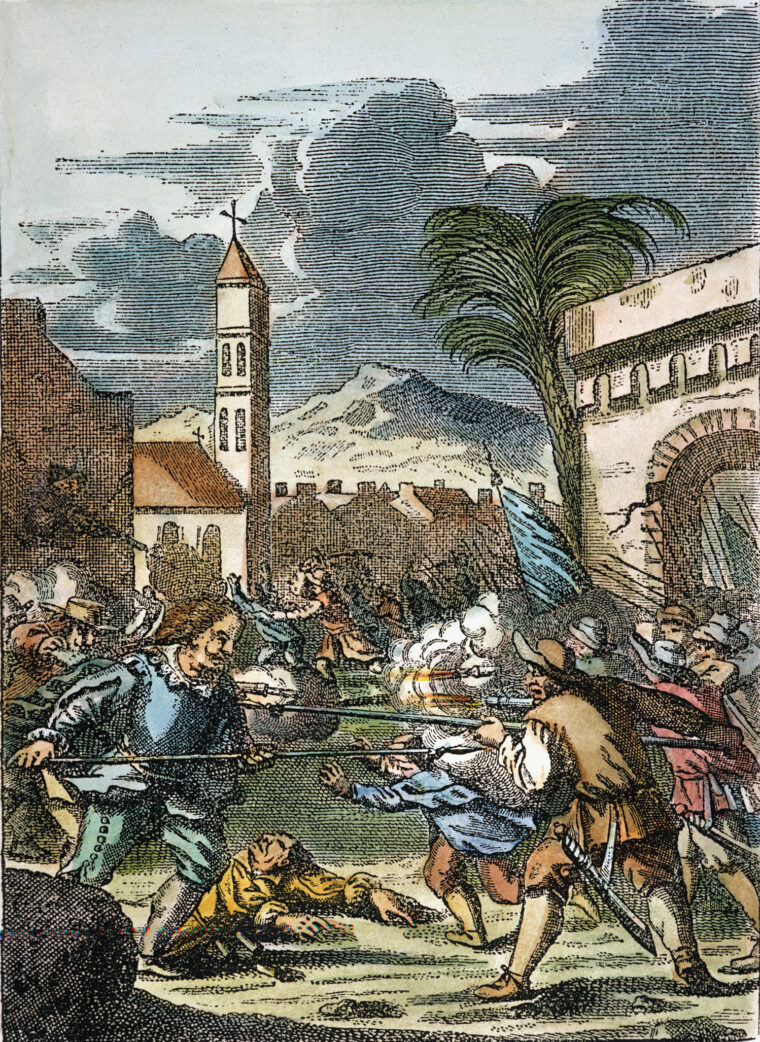
The Capture of Port Bello
While the battle was raging, most of the inhabitants hid with their valuables in the interior. A few inhabitants were caught and divulged the whereabouts of others who were hiding and the location of various valuables, but only 50,000 pieces of eight were gathered. This amount didn’t come close to paying off the debts for the expedition, so the buccaneers decided that they would attack Porto Bello, Panama, which was considered the Spanish center of trade in the New World. The French abandoned the expedition when one of their men was murdered during an argument with an English pirate.
When Morgan’s force came across a canoe carrying six emaciated buccaneers who had escaped from a Porto Bello dungeon, he swore vengeance. The pirate fleet anchored at Boca del Toro, and Morgan and 500 of his men transferred to 23 large canoes in which they planned to sneak up on Porto Bello in a night attack. Once they landed, the pirates broke into a blockhouse manned by five soldiers. The buccaneers made the mistake of calling out for the men to surrender or be cut down. The Spaniards opened fire and shot a couple of pirates before they were rushed and run through by swords. The firing alerted the other Spanish fortifications that an attack was under way.
The pirates quickly charged across the beach past the walls of Santiago Castle and into Porto Bello and started killing every person they could find. After securing Porto Bello, the pirates charged through the shallow surf to take the half-completed Geronimo Castle, whose five defenders surrendered after taking only a few badly aimed shots. At that point, the pirates turned back toward Santiago Castle using captured priests and nuns as human shields. The fighting was desperate with swords, firelock pistols, and cutlasses until the entire Spanish garrison lay dead.
Morgan lost 18 dead and 34 wounded in the battle for Santiago Castle. San Felipe Castle subsequently surrendered after they had repulsed a pirate assault. The Spanish sent a militia force of 800 men from Panama City to attack Morgan’s men, but the militia was no match for the violent pirates, who made short work of this force and sent them back in defeat.
Morgan’s men terrorized the people of Porto Bello until they had gathered 250,000 pieces of eight ($12.5 million in today’s money). Each man received an equivalent of $12,000 as his share. Morgan returned to Port Royal with evidence in a letter written by the Spanish governor of his government’s intention to invade Jamaica.
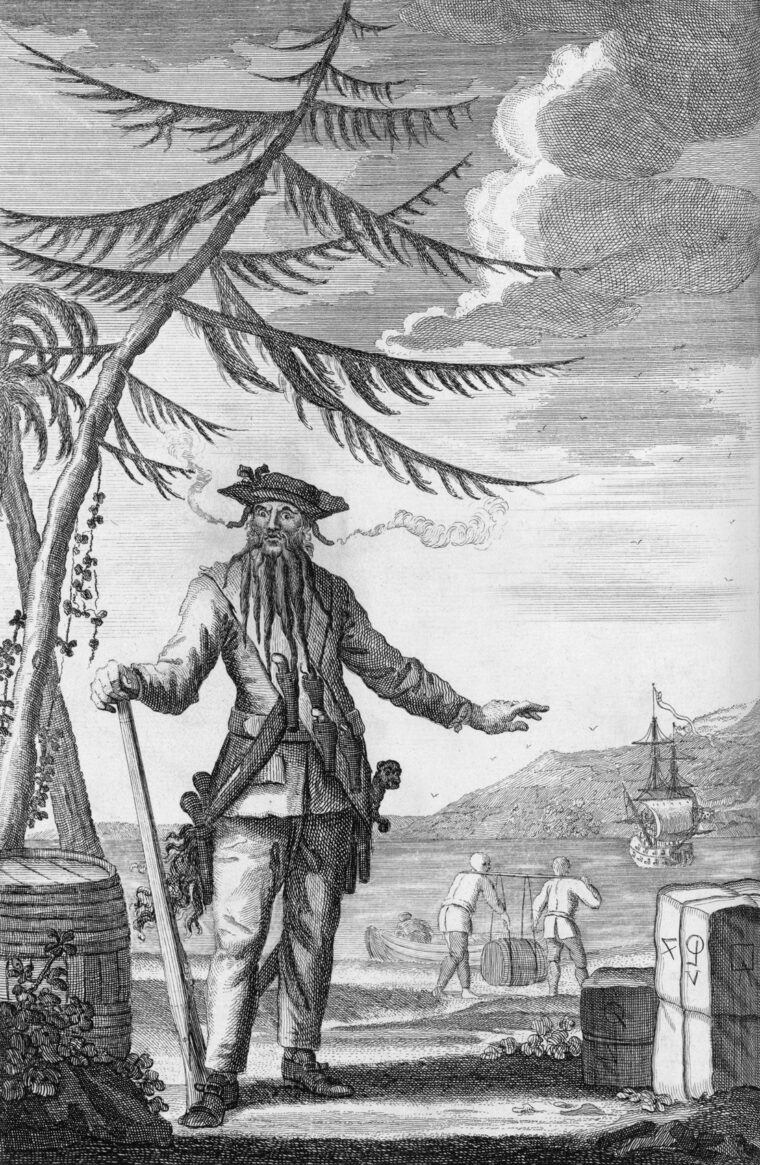
Henry Morgan’s Invasion of Panama
In December 1670, Morgan with 2,000 pirates and a fleet of 40 ships headed for Panama to take the Spanish gold and silver warehouses at Panama City. They attacked the Pacific port from the landward side after securing a Caribbean port. On January 6, 1671, a force of 400 pirates disembarked to assault Fort San Lorenzo at the mouth of the Chagres River, which was defended by 360 Spanish soldiers. The pirates were cut down by grapeshot and musket fire as they charged across the beach toward the fort. A second attack also was turned back with heavy losses.
After the sun set, the pirates crept along a gully to get close enough to the fort to throw in grenades and firepots, which set the fort ablaze. More than 150 Spanish soldiers deserted at that point as the more than 200 other troops prepared to defend the ruins of their smoldering fort. In the predawn hours, the buccaneers assaulted the ruined fort and fought a desperate hand-to-hand battle with cutlasses, swords, pistols, and musket butts. The entire Spanish force was killed or wounded at the cost of 30 buccaneers dead and 76 wounded.
Afterward, Morgan picked 1,400 of his best men and sent them up the Chagres River in 36 large canoes toward Panama City, while the rest of his men guarded the fleet and rebuilt the fort. Morgan’s expeditionary force traveled as far as it could by canoe and then marched overland for seven days through the jungle. More than 200 pirates died from fever, dysentery, and occasional ambushes by the Spanish and Native Americans during their journey through the jungle.
On January 27, 1671, Morgan’s expeditionary force came to a great plain filled with cattle in front of Panama City. The famished pirates slaughtered and ate the beef that night. At dawn on January 28, Morgan’s army awoke to see more than 2,000 Spanish militiamen in battle formation with 300 cavalry on each flank. Undaunted, 1,200 pirates formed a solid line two and three ranks deep and advanced against the Spanish army.
The Spanish cavalry charged from both ends of the line. More than 100 of their number were shot down or forced to retreat by accurate musket fire from the pirate line. To disrupt the pirate formations, local Indians stampeded cattle toward the rear of the pirate army. The pirates in the rear ranks turned and fired their muskets, which forced the cattle and Indians back. The Spanish militiamen advanced and exchanged a volley with the pirates before throwing down their muskets and running away in terror.
The pirates killed many Spanish troops as they tried to run away. More than 500 Spanish and only 15 pirates died in the battle. The pirates burned Panama City, forcing its residents to flee into the jungle. Much to Morgan’s disappointment, most of the gold and silver had been taken away by Spanish ships before the pirates’ arrival.
The pirates acquired more than 750,000 pieces of eight by torturing Spanish captives, who divulged where they had hidden their treasure and valuables. The pirates packed the treasure on 176 mules and hauled it back to their fleet. Morgan gave each man only 200 pieces of eight ($36) and then simply abandoned his army with the rest of the money without saying anything to the men.
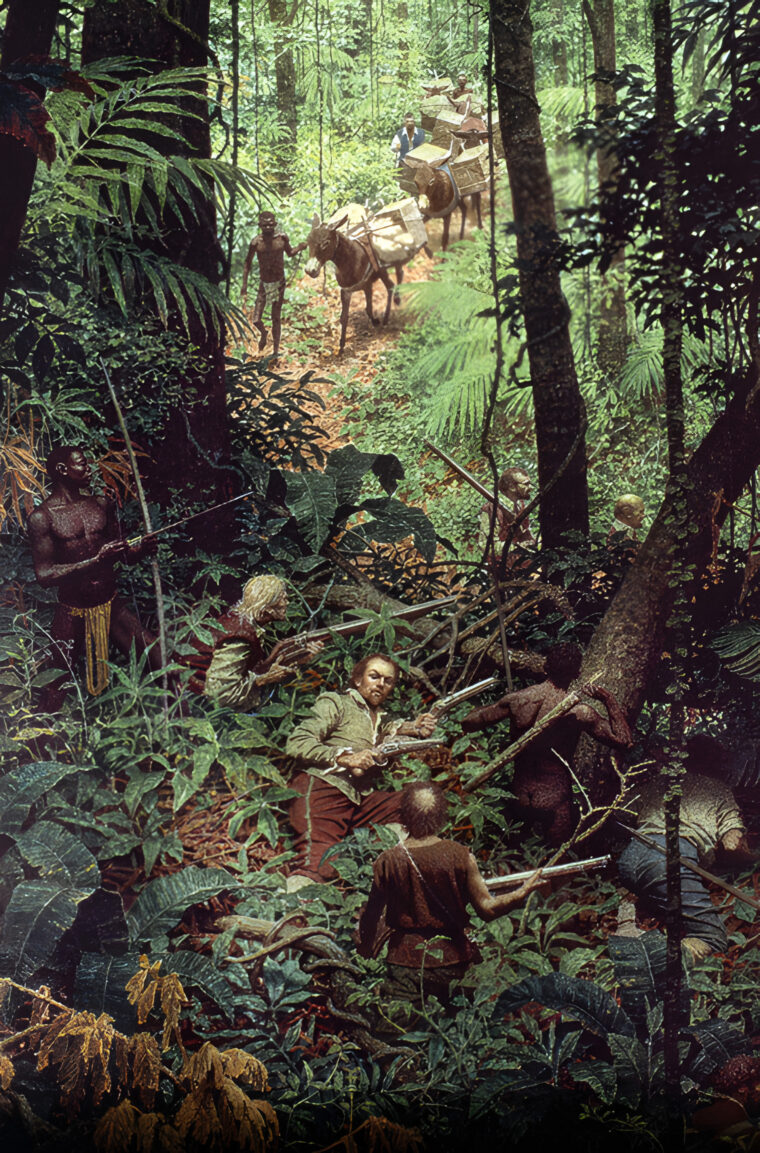
In April 1671, Morgan arrived in Port Royal to a hero’s welcome. King Charles was livid because he had just signed another treaty with Spain and ordered both Modyford and Morgan to be brought back to England in chains. Hostilities with Spain and Holland resumed in 1672, and both Modyford and Morgan were forgiven.
The Royal Navy’s Bloody War Against Piracy
A buccaneer expedition under Basil Ringrose was launched against Panama again in 1680, capturing some ships, but failing to capture towns. Morgan returned to Jamaica in 1674 and served as its lieutenant governor until his death in 1688. Morgan always resented being called a pirate because he viewed himself as a loyal subject doing his duty for England.
From 1692 to 1724, pirates such as Blackbeard (Edward Teach), Charles Vane, Calico Jack Rackham, and Samuel Bellamy began their marauding careers. Like their predecessors, they terrorized the Spanish Main with English crews. New Providence in the Bahamas became a pirate base. With the dawn of the 18th century, the time when pirates could amass substantial treasures had long passed.
By 1713 piracy had become a liability to England, and the practice needed to be stamped out. At first pirates were given the opportunity to turn themselves in and receive amnesty if they swore to never be involved in piracy again. Some pirates did get out when given this option, but most loved the excitement too much to quit.
After 1718, it was clear that the Royal Navy would have to enter an intensive campaign to end piracy by its subjects. Between 1718 and 1724, the Royal Navy hunted down and killed thousands of pirates, including Blackbeard, in bloody battles. Close to 600 pirates were hanged by the Royal Navy during this time.
By 1725, the age of piracy was over. Pirates still came and went during the next century, but they never lasted as long as those participating in piracy sanctioned by the English government over nearly a century and a half during the settlement of the New World.
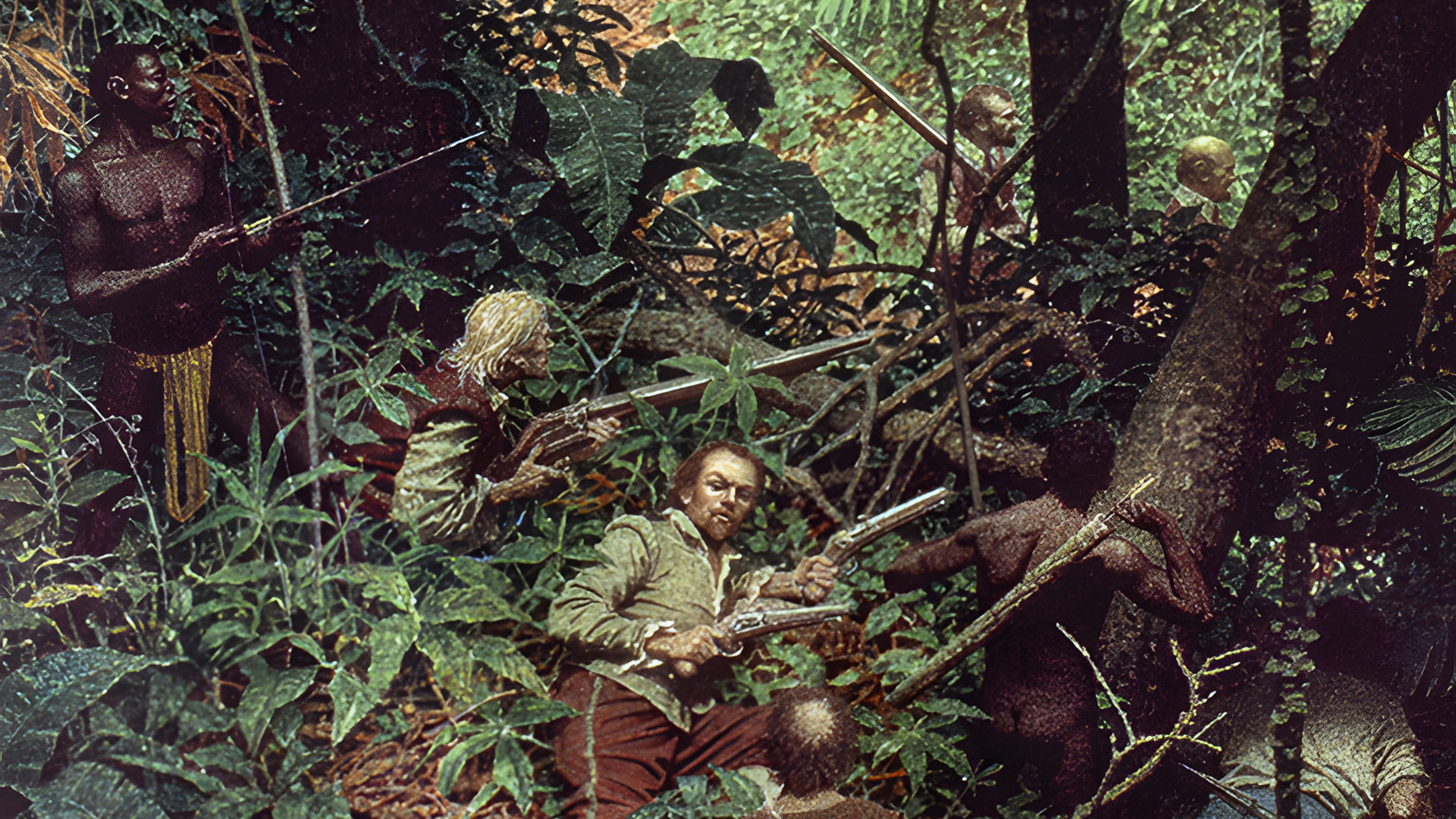
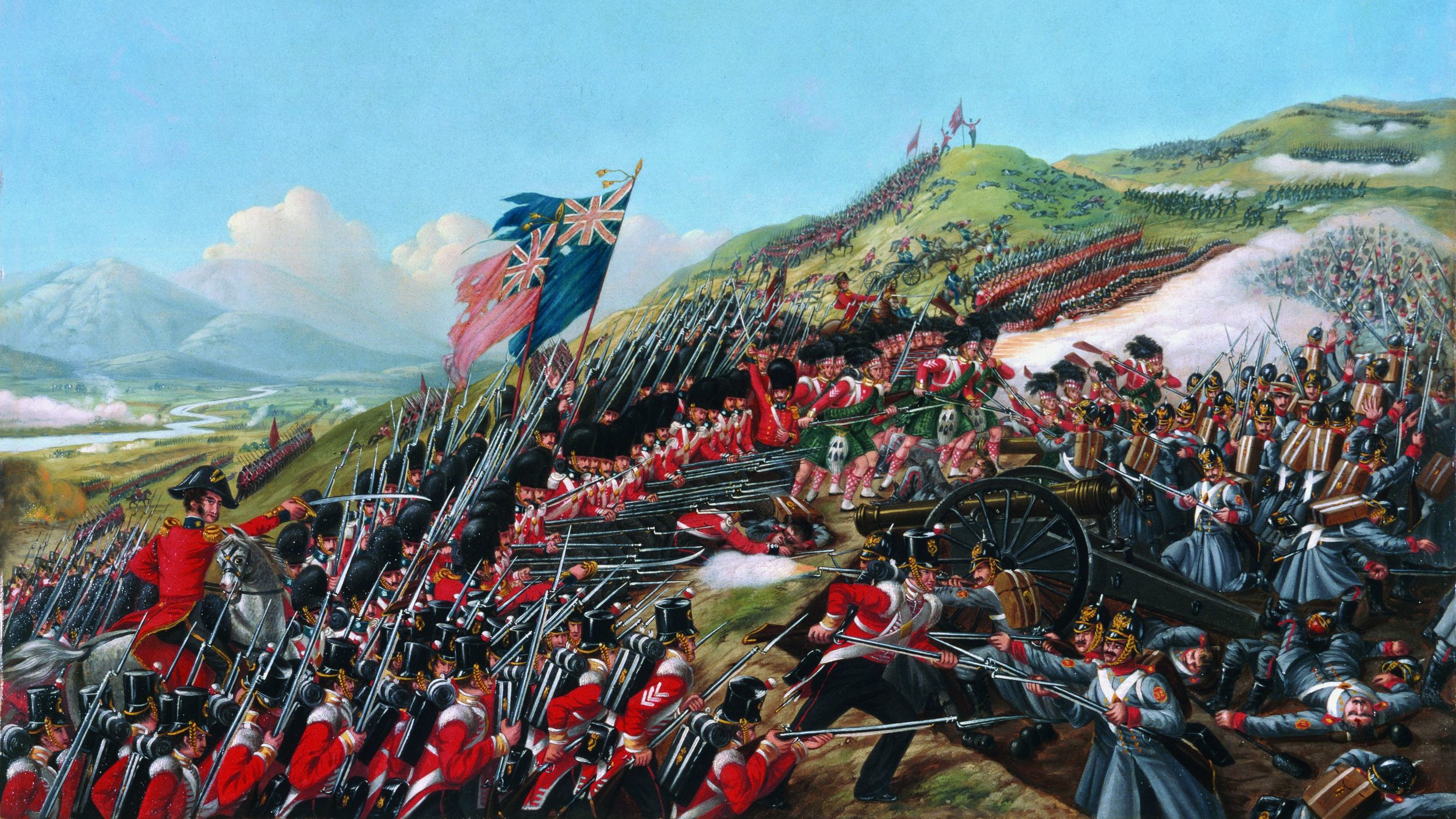
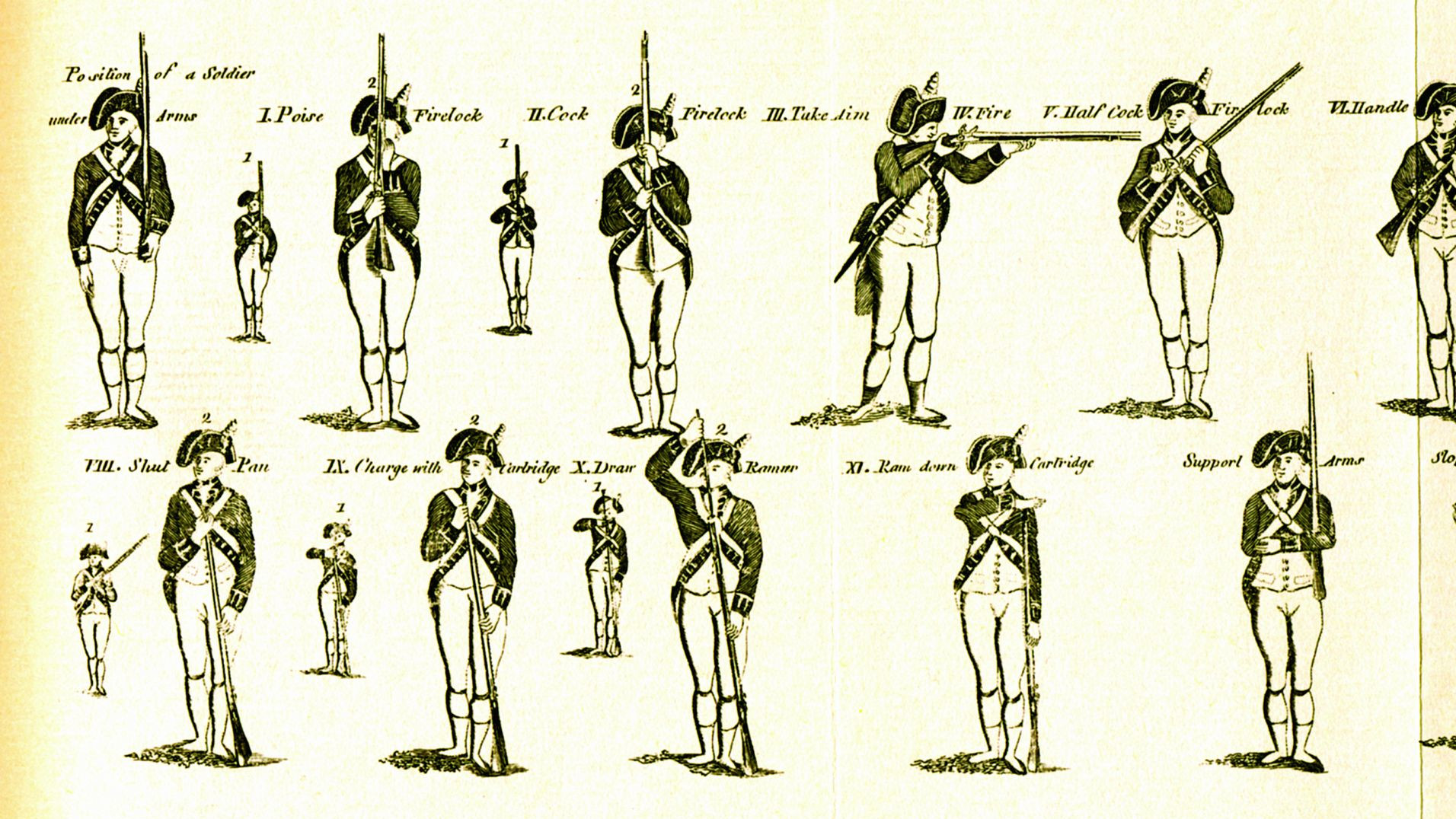
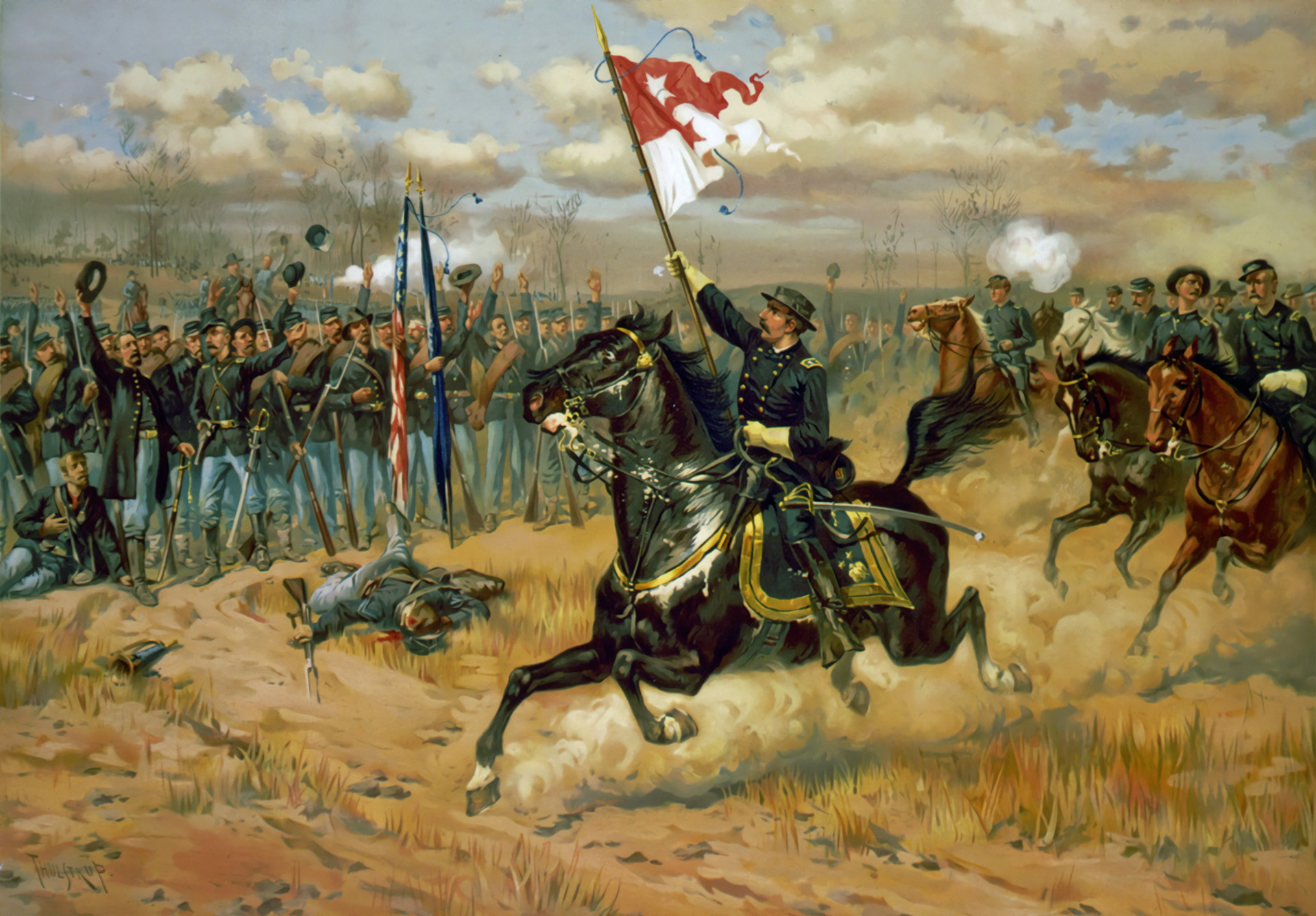
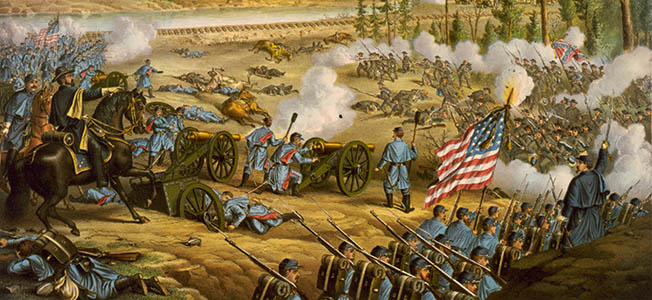
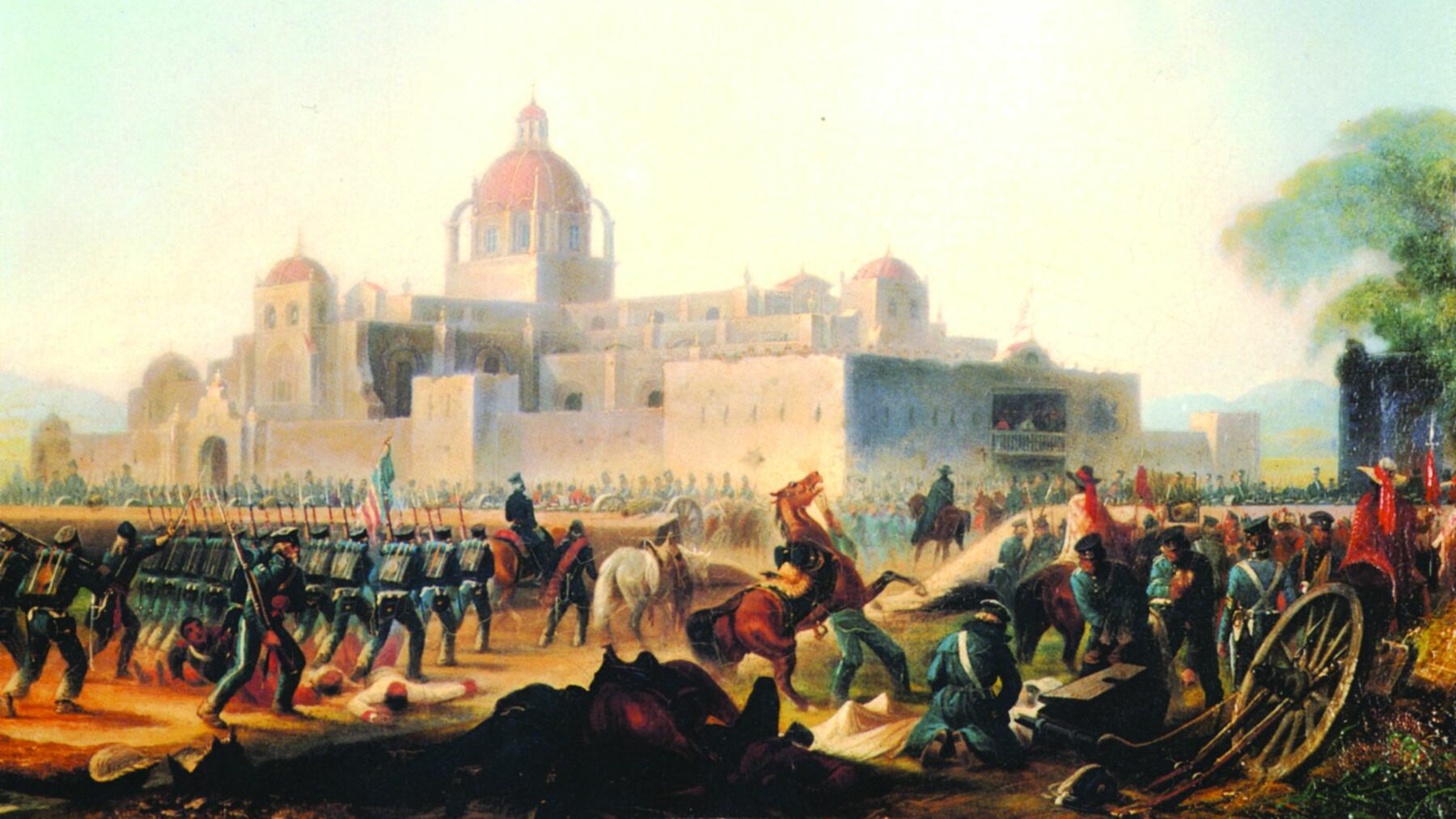
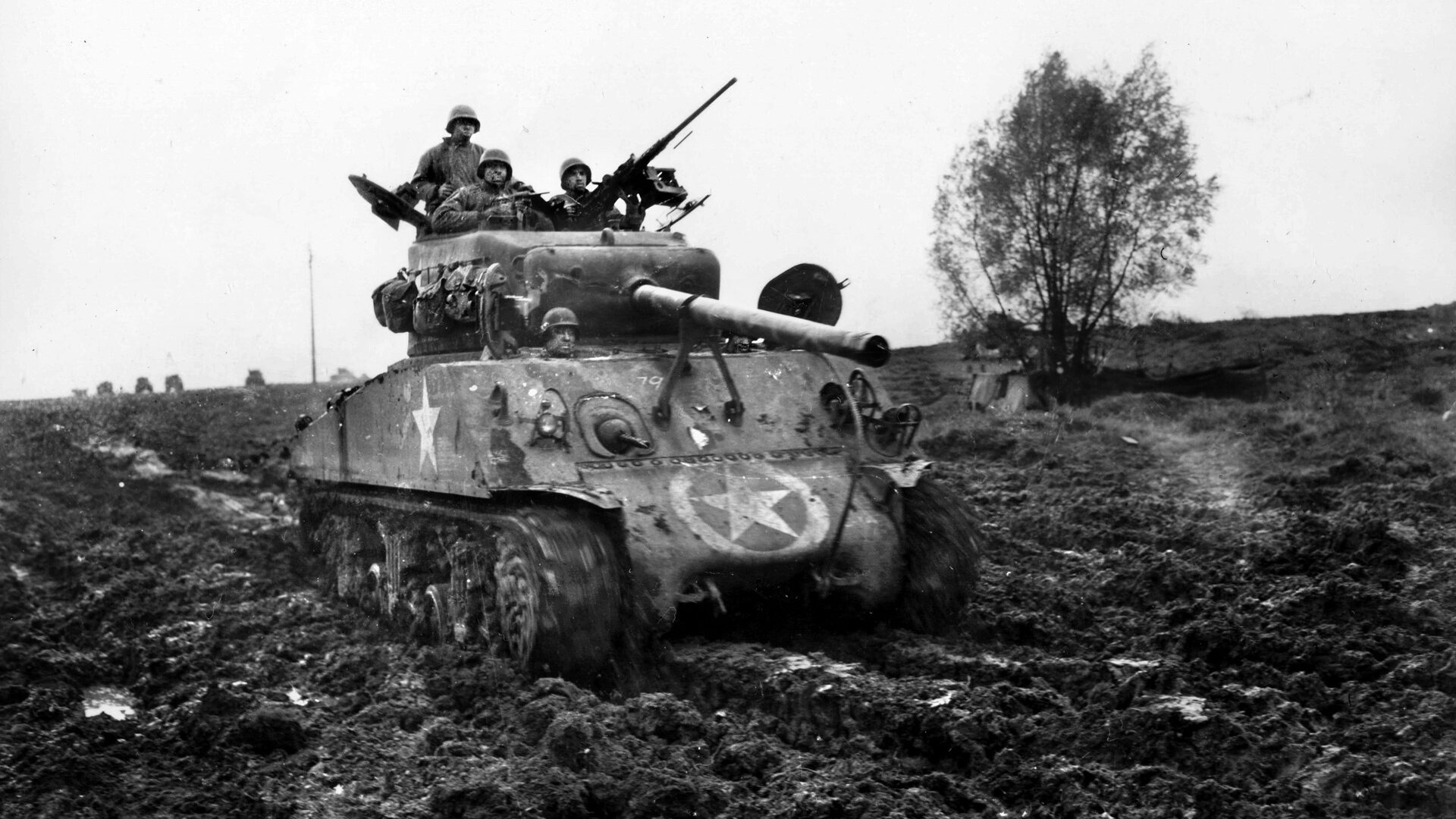
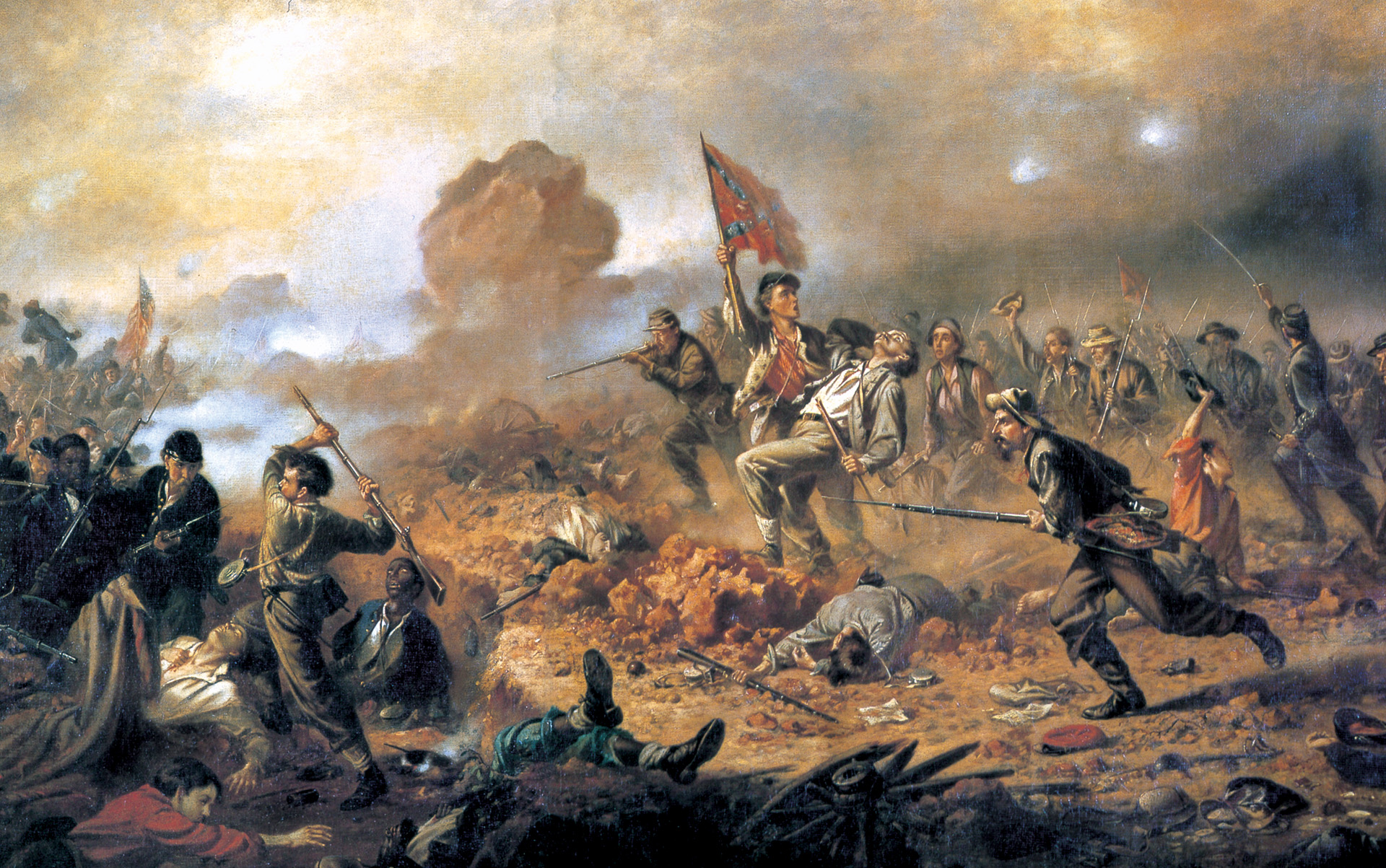
Beautifully written and fascinating article. Different from what we were taught at school about Francis Drake!